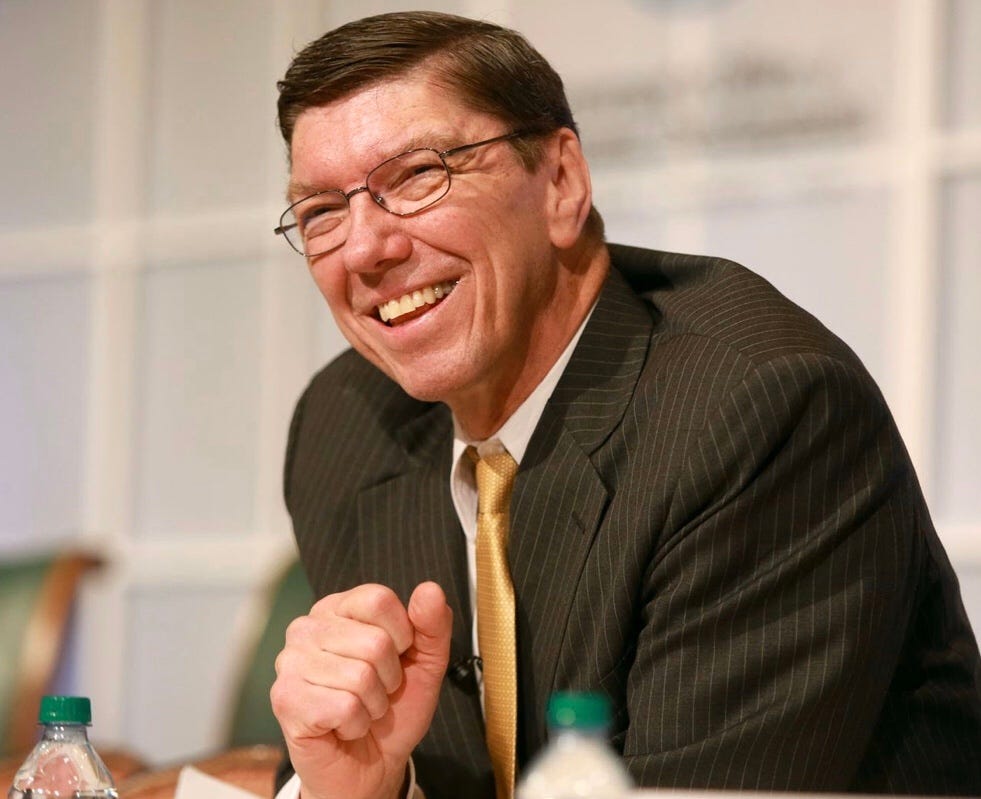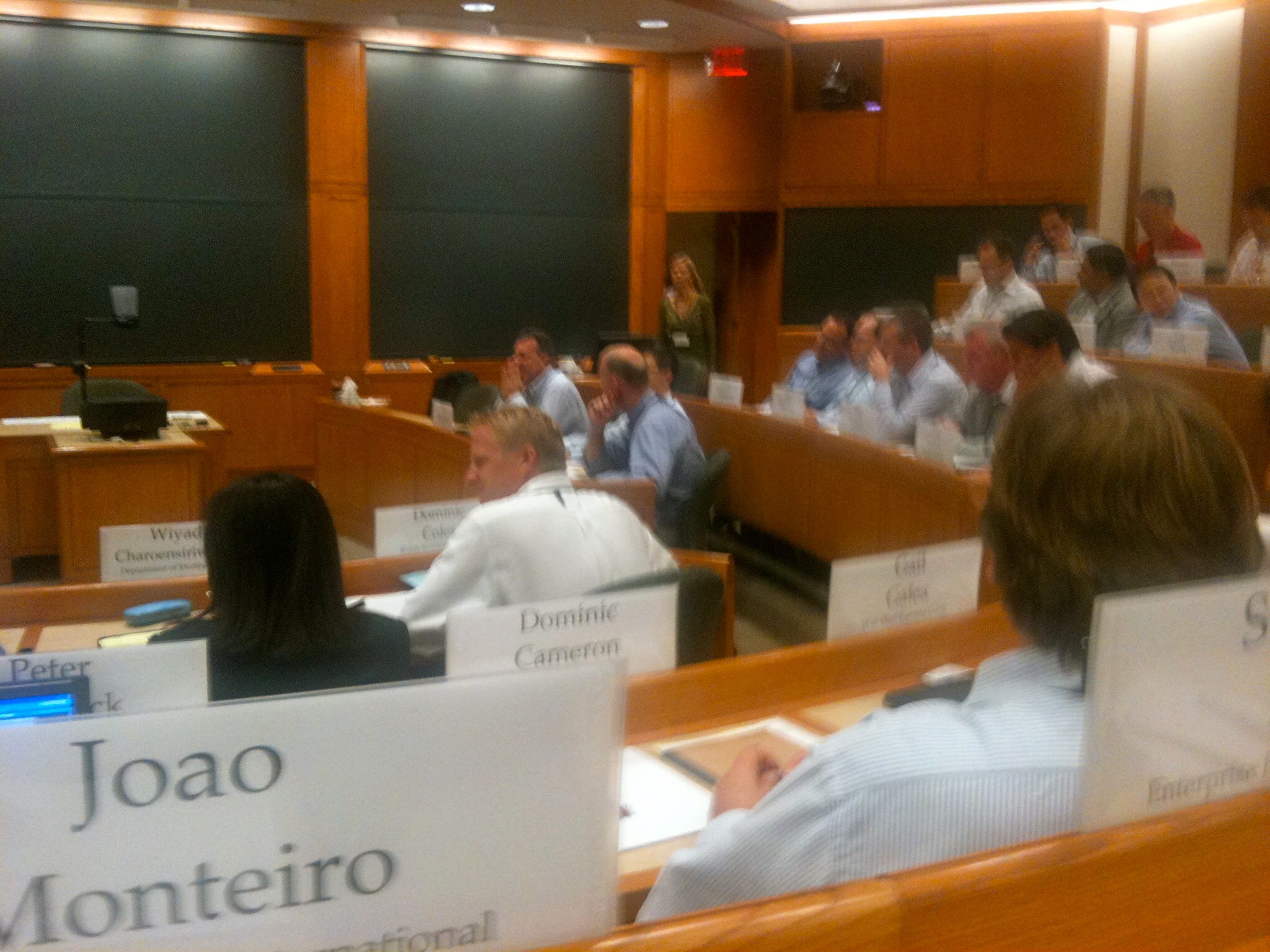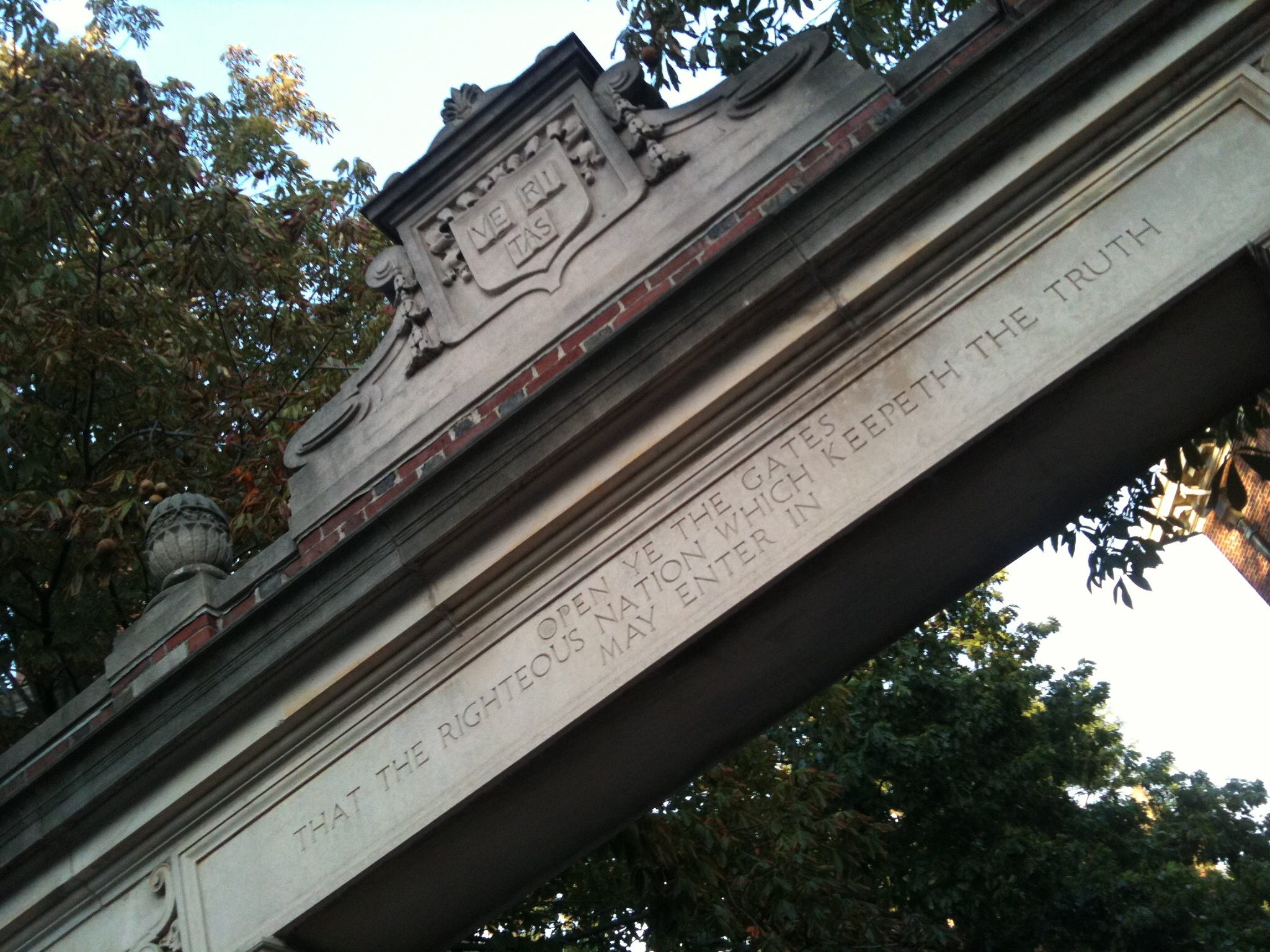This post first appeared in Medium, January 25, 2020
To those that dangle between the corporate and the startup world, the works of Professor Christensen are a must read.
They are useful both for startup teams in a mission to disrupt incumbents and for Boards and Executive Teams of incumbents considering how to react to innovators. I have used his models with many of the companies I worked with. For example when showing how innovators can disrupt the billion dollar industry of freight forwarders and how big incumbent freight forwarders should plan their moves to „disrupt the disrupter“.
 |
| Add caption |
But the biggest lesson of Professor Christensen to me was actually a very different one
In June 2010 he announced that he had been diagnosed with follicular lymphoma. In July 2010, he had an ischemic stroke. This is enough for any human being to consider getting his „affairs in order“ and leave the stage to dedicate his time to the ones he loves.
But on a sunny and cold October 2010 day in Cambridge we had the honor to have him standing in front of us, the Advanced Management Program class 179 of the Harvard Business School. He came out of medical leave to give his first lesson after the stroke. This class to the AMP had been in his schedule before the disease and he forced himself to get fit and hold it, a tradition I later learned exists among HBS Professors: you never miss a class.
He started the class gently by explaining what was going on in his head. How he sometimes would just not find the right word in his brain. He said it was as if there would just be an empty hole where the word should be. Here and there he made a small stop but he gave a brilliant class. Not only on innovation, but also on human grit and will.

I had dreamed of attending classes of some the masters of strategy and business I so much admired. After teaching hundreds of consultants at Roland Berger Strategy Consultants the Porter 5 Forces and working in strategy for a decade at Lufthansa, it was moving to find myself seating in the classes with such amazing professors as Professor Michael Porter.
But that class of Clayton was special. His ideas on renewal and innovation were inspiring. And it certainly helped putting me on the track I am today with Pinto Ventures AG: investing and working with teams of innovators such as Monese, Bondora, EstateGuru and OttoQuant across the world.
That day, Professor Clayton Christensen was not only giving us a lesson. It felt as if he was giving himself a lesson. A lesson about being able to continue his passion and mission of teaching.
Many times we are faced with the biggest adversities and it seems like all we believed in has fallen apart. It is unavoidable that we will all have to go through such situations in life. Some certainly more dramatic than others, but all painful. It is then that you need the grit to stand up, shake the dust off and continue. And that first step is the hardest!
My biggest lesson from Professor Christensen was that life is indeed not about how many times you fall down. It’s about how many times you get back. And what makes you stand up is what you stand for.
I followed him in the media and had some exchanges with him and his team over email. I always listened or red attentively his teachings, ideas and humanistic ways.
We are going to miss you Professor Christensen!





Comments
Post a Comment